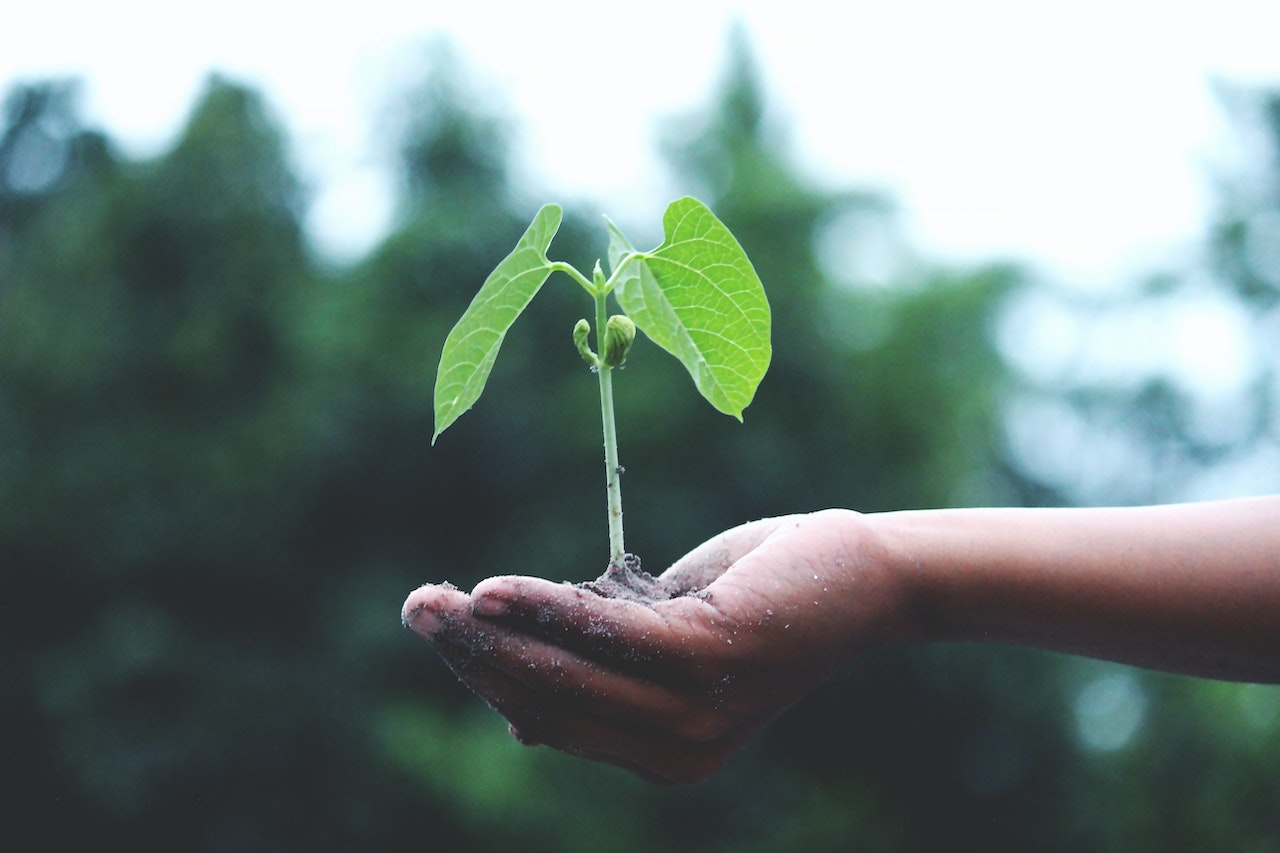This post was originally published on Sustainability Matters

An international team of scientists, led jointly by The University of Melbourne and Seoul National University, has found global water storage on land has plummeted since the start of the 21st century, overtaking glacier melt as the leading cause of sea level rise and measurably shifting the Earth’s pole of rotation.
Published in Science, the research combined global soil moisture data estimated by the European Centre for Medium-Range Weather Forecast (ECMWF) Reanalysis v5 (ERA5), global mean sea level measurements and observations of Earth’s pole movement in order to estimate changes in terrestrial (land) water storage (TWS) from 1979 to 2016.
“The study raises critical questions about the main drivers of declining water storage on land and whether global lands will continue to become drier,” University of Melbourne author Professor Dongryeol Ryu said.
“Water constantly cycles between land and oceans, but the current rate of water loss from land is outpacing its replenishment. This is potentially irreversible because it’s unlikely this trend will reverse if global temperatures and evaporative demand continue to rise at their current rates. Without substantial changes in climate patterns, the imbalance in the water cycle is likely to persist, leading to a net loss of water from land to oceans over time.”
Between 2000 and 2002, soil moisture decreased by around 1614 gigatonnes (1 Gt equals 1 km3 of water) — nearly double Greenland’s ice loss of about 900 Gt in 2002–2006. From 2003 to 2016, soil moisture depletion continued, with an additional 1009 Gt lost.
Soil moisture had not recovered as of 2021, with little likelihood of recovery under present climate conditions. The authors say this decline is corroborated by independent observations of global mean sea level rise (~4.4 mm) and Earth’s polar shift (~45 cm in 2003–2012).
Water loss was most pronounced across East and Central Asia, Central Africa, and North and South America. In Australia, the growing depletion has impacted parts of Western Australia and south-eastern Australia, including western Victoria, although the Northern Territory and Queensland saw a small replenishment of soil moisture.
Image credit: iStock.com/ZU_09





0 Comments